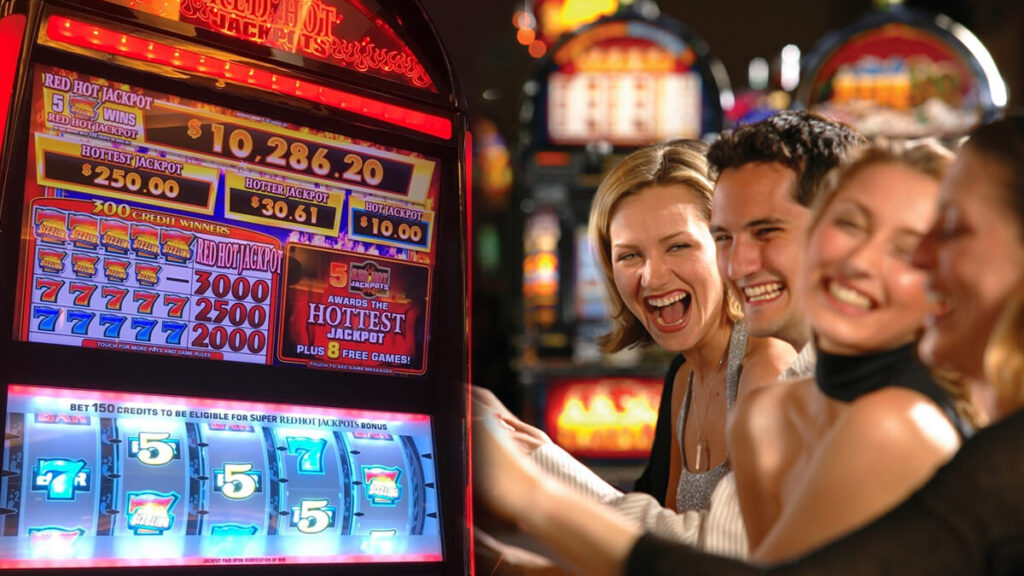Slot machine addiction is a complex phenomenon deeply rooted in the intricacies of human psychology. At its core, the allure of slot machines lies in their ability to trigger the brain’s reward system through a carefully crafted combination of sensory stimuli and intermittent reinforcement. The flashing lights, vibrant colors, and hypnotic sounds create a sensory-rich environment that captivates players, drawing them into a state of heightened arousal. This heightened arousal is a key factor in the development of addiction, as it activates the brain’s release of dopamine, a neurotransmitter associated with pleasure and reward. The design of slot machines leverages the concept of intermittent reinforcement, wherein rewards are delivered at unpredictable intervals. Unlike other forms of gambling where the outcome is more transparent, the unpredictability of slot machines keeps players engaged, fostering a sense of excitement and anticipation. This unpredictable nature of rewards is akin to the variability seen in other addictive behaviors, such as drug addiction, where the brain becomes conditioned to seek pleasure in uncertain outcomes.

Moreover, the near-miss phenomenon plays a pivotal role in reinforcing addictive behavior. Slot machines are programmed to display symbols that are just one position away from a winning combination, creating a false sense of almost winning slot. This near-miss effect activates the brain’s reward system similarly to actual wins, leading players to believe that a jackpot is within reach. This psychological trickery heightens the emotional investment of the player and sustains their engagement with the machine, even in the face of repeated losses. The concept of loss chasing is another psychological factor that contributes to slot machine addiction. When players experience a loss, they often feel compelled to continue playing in an attempt to recoup their losses. This behavior is fueled by the belief that a big win is imminent, creating a cycle of compulsive gambling. The slot machine’s design exploits this tendency by encouraging players to invest more time and money in the pursuit of elusive rewards.
Social factors also play a role in slot machine addiction. The ambiance of casinos, with their lack of windows and clocks, creates an environment where time seems to stand still. This timeless quality can lead to prolonged periods of play, further intensifying the psychological grip of the machines. Additionally, the social aspect of gambling, including the camaraderie among players and the celebratory atmosphere of winning, can contribute to a sense of community that reinforces the desire to keep playing. In conclusion, the psychology behind slot machine addiction is a multifaceted interplay of sensory stimuli, intermittent reinforcement, near-miss experiences, loss chasing, and social influences. Understanding these psychological mechanisms is crucial for developing effective interventions to help individuals break free from the grips of slot machine addiction and reclaim control over their lives.